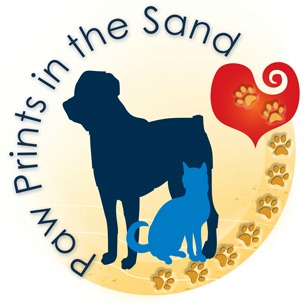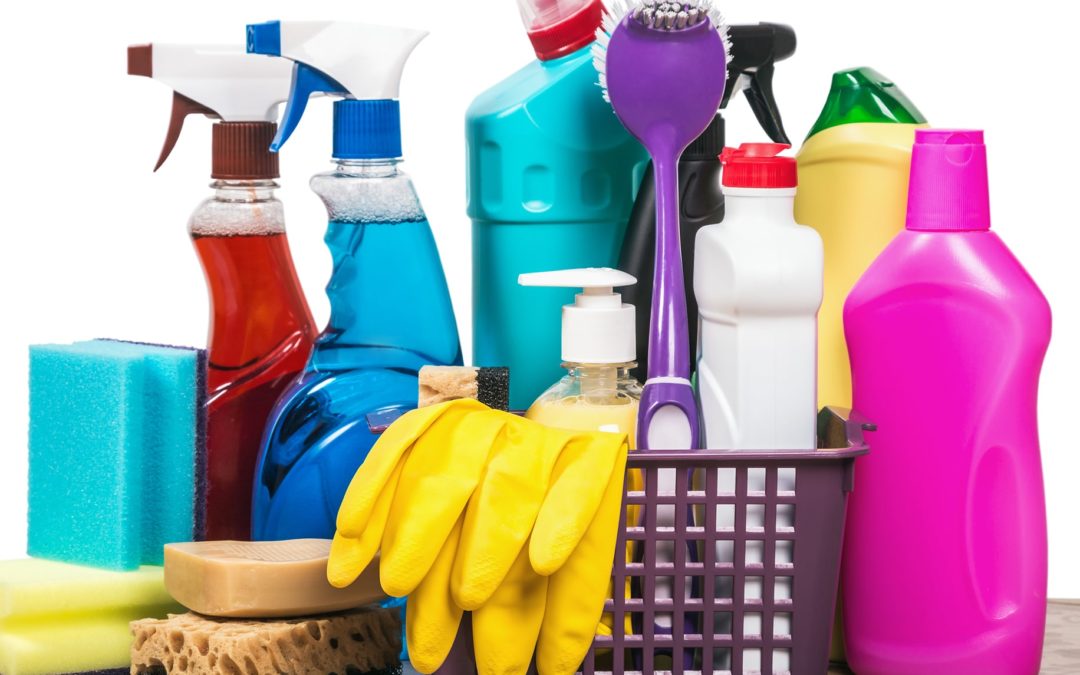By: James Hall, Freelance Writer and Home Cleaning Expert, @Spotless_Vacuum
It’s no secret that many household cleaning products are toxic to humans. A quick glance at a label shows just how careful we need to be when cleaning our homes.
These chemicals are even more dangerous for our canine and feline companions though. Our pets spend their time on the floor, so are more likely to suffer skin irritation or absorb chemicals via their paws.
Pets also don’t understand the dangers of cleaning chemicals. They won’t think twice about licking the floor after cleaning, chewing a bottle of bleach, or drinking out of a toilet bowl after it’s been cleaned. This can lead to anything from mild irritation to severe illness and even death.
For this reason, pet owners need to be careful when deciding which cleaning chemicals to use. In this article, we’ll discuss four dangerous chemicals, along with some tip for keeping your pet safe.
Which Chemicals Should You Avoid in Cleaning Products?
1. Bleach
Undiluted bleach is a serious danger to pets. Swallowing it can lead to diarrhea, internal burns and vomiting. Just breathing bleach fumes can cause respiratory irritation. For this reason, you need to be careful when using bleach to clean floors, as it could remain on both the floor and mop. Follow the instructions for dilution carefully and store any tools you used in a safe space.
On the other hand, diluted bleach can often be used safely. Just make sure it’s thoroughly rinsed and aired after cleaning.
2. Ammonia
Ammonia is a common ingredient in oven and window cleaners. It can cause irritation to a pet’s respiratory system, so shouldn’t be used in the same room as your pet. Make sure you allow plenty of time to air out the room before you let your pet back in.
You should never mix ammonia with bleach. This combination creates a toxic gas that can be deadly.
3. Formaldehyde
Many people are surprised that formaldehyde is found in cleaning products, as it’s usually associated with embalming. The chemical is often used in hand soaps, general cleaners and even pet shampoos though.
Unfortunately, formaldehyde poses serious health risks to pets. It can irritate the skin and eyes if allowed to circulate in the air, and may affect respiratory function. It has also been linked to certain types of cancer.
4. Glycol ethers
These chemicals are often found in stain removers and carpet cleaners. They have been linked with a variety of illnesses, including kidney damage and anemia.
Glycol ethers are often included in products that are labelled as “natural.” Make sure you check the label before you buy.
How to Keep Your Pet Safe
Aside from being aware of dangerous chemicals in household products, there are other ways to keep your pet safe when cleaning. Here are a few examples:
Switch to Natural Cleaning Products
There are a number of natural cleaning products that are both effective and safer for your pet. These alternatives are also often better for the environment.
One of the best examples is baking soda. This has a variety of uses, including absorbing odors, removing grease, and getting rid of mildew. Other useful alternatives include white vinegar, lemon juice, castile soap and essential oils.
Even these natural alternatives are not necessarily safe for a pet to ingest in large quantities though. You should still keep your dpet in another room and thoroughly rinse any surfaces after cleaning.
Read the Label Carefully
Always check whether a cleaning product needs to be diluted. A diluted chemical is safer for both you and your pet, so these instructions shouldn’t be ignored.
Once you’ve cleaned an area of floor or other surface, wipe it thoroughly and wash with clean water – even if the cleaning product was already diluted. This reduces the chance of your dog ingesting dangerous chemicals.
Keep Pets in a Separate Room When Cleaning
You should keep your pet away from where you’re cleaning – especially when mopping the floor. After rinsing with water, wait for the surface to dry before letting him back in.
Be Aware of Your Pet’s Allergies
Pets can develop a wide range of allergies. Dust, mold and pollen allergies are three of the most common, along with certain types of food.
Cleaning with mops or vacuums can often stir up airborne allergens, which is another reason why it’s important to keep your pet(s) in a separate room.
Store Dangerous Chemicals in an Inaccessible Cupboard
Cleaning chemicals are most dangerous in large quantities and before being diluted. For this reason, it’s vital to store all your cleaning supplies in a place your pet can never reach. A high cupboard is often the perfect location.
Some pets can be surprisingly adept at opening cupboard doors though – especially if they think it contains food. If your pet knows how to open doors, you may need to buy a padlock to ensure she’s safe.
Remember, cats and dogs are naturally inquisitive. A chemical bottle might seem like the perfect toy, so it’s up to you to keep your pet safe.
Contact Your Vet Immediately if You Suspect Your Dog Has Been Exposed to a Dangerous Chemical
There are a variety of symptoms if your dog has been exposed to cleaning chemicals. These include vomiting, loss of appetite, sore skin, excessive dribbling and pawing at the mouth.
While many cleaning chemicals will only cause mild irritation, especially when diluted, others can cause serious illness, such as liver or kidney damage. For this reason, you should always contact your vet immediately if you notice a change in behavior.
Summary
Household cleaning chemicals can be a serious health risk to pets. It’s important to be aware of toxic ingredients, such as ammonia and bleach, and to take steps to minimize the risk to your pet.
One of the best ways to keep your pet safe is to switch to natural cleaning alternatives. You should also thoroughly rinse surfaces with clean water after cleaning and store dangerous chemicals in a secure cupboard.


Recent Comments